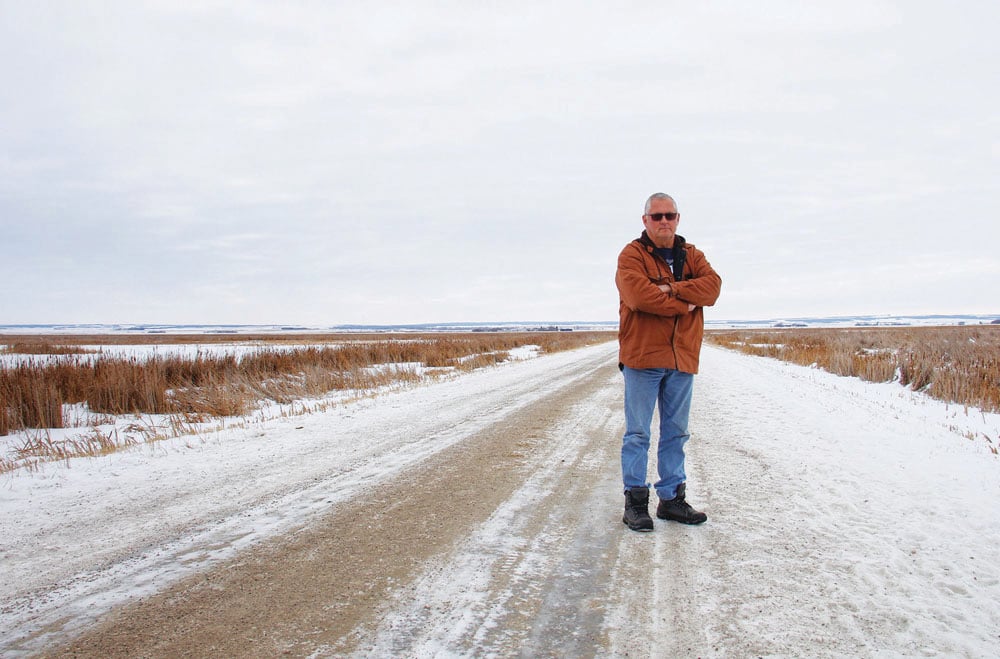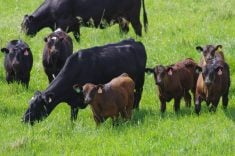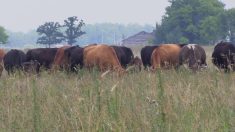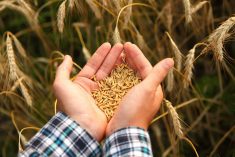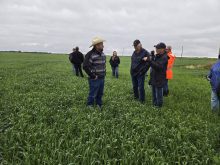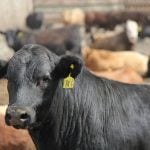East of Deloraine, in the far southwestern corner of Manitoba, waves of yellow sweet clover are reclaiming farmland that, three years ago, was under the waves of Whitewater Lake.
A road runs near the field planted with the legume, a raised snake of land that, in 2019, would have been surrounded by water. In August, it instead functioned as a viewing platform for attendees of a Manitoba Soil Science Society tour.
The purpose of the stop was to look at how yellow sweet clover was being used to combat salinity following a number of dry years that have caused the lake, infamous for its volatile levels, to shrink.
Read Also

Local farm businesses, groups look forward to Manitoba Ag Days 2026
Most of agriculture is seemingly at Manitoba Ag Days each January: Manitoba agribusinesses and farm groups look forward to connecting with farmers at the 2026 show.
Why it matters: Salinity issues are among the agronomic problems that become more obvious during dry growing seasons when the soil water profile drops.
Anyone who has listened to talks about salinity will probably have heard something along the lines of “salinity is a water problem, not a salt problem.”
It’s a repetitive phrase for people like Manitoba Agriculture soil specialist Marla Riekman.
The issue, she noted during a 2022 conversation with the Co-operator, is that salts travel with the water table.
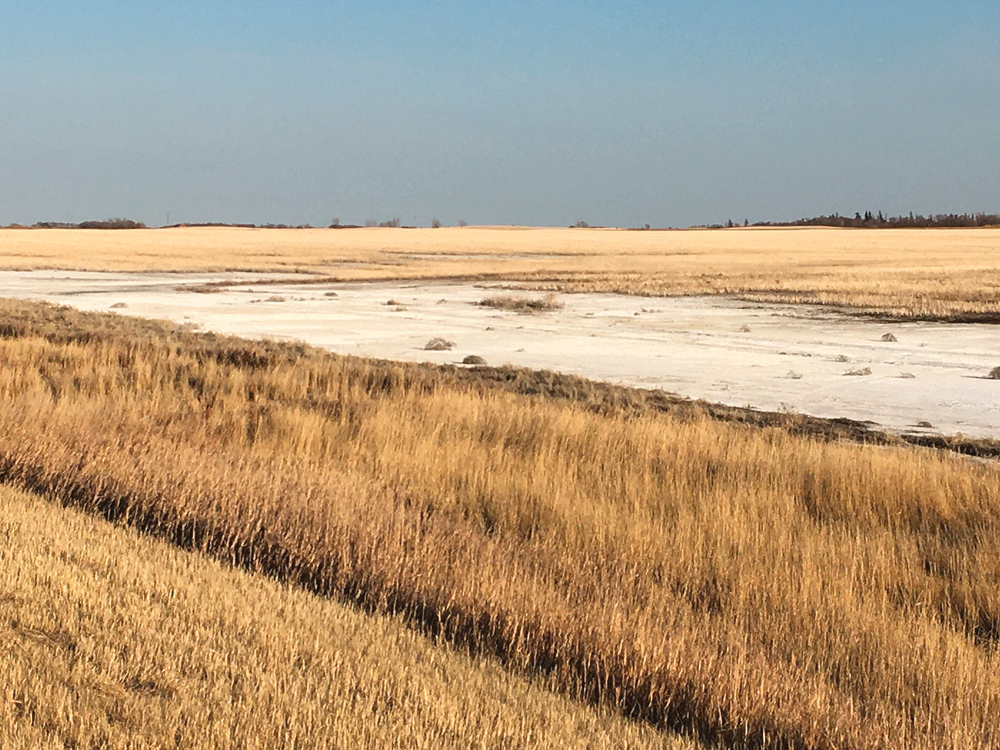
In the wake of flood, the suddenly surging water table may draw salts from deeper in the soil profile, which then linger near the surface when the water retreats. In the case of drought, evaporation draws up salt-carrying moisture, causing the same effect.
The result can be a lingering management challenge, Riekman said during another interview in drought-plagued 2021 that led to salinity issues in some areas.
“My level of concern on salinity doesn’t go away even when the salinity goes away, because I know that it’s always a temporary kind of disappearance,” she said at the time. “It’s always coming back.”
The battle against salinity becomes a battle against fluctuating water table levels.
Perennial cover, including salt-tolerant forages, is one often-cited option to manage saline patches. It’s a way to keep some kind plant growing and using moisture in poorly yielding areas.
Species targeted for saline-tolerance, like AC Saltlander wheatgrass, have emerged in that niche, and numerous seed companies now market multi-species saline-tolerant forage and grass mixes.
The case for clover
At the land parcel near Whitewater Lake, an unnamed local producer obtained funds to plant and maintain yellow sweet clover, which can then be cut and baled for feed, according to materials published for the tour. The deal is part of a 10-year incentive plan, the soil society noted.
It’s part of a larger effort to grow permanent cover in a zone of affected land in a three-to-four-mile radius around the lake, said Breanna Sheppard, GROW coordinator with the Souris River Watershed District.
That larger program is funded through the provincial GROW Trust, a funding mechanism established by the province of Manitoba in 2019. Funding from the trust is targeted toward projects that benefit soil health, climate resilience, carbon sequestration, grassland and wetland conservation and improved water management.
Whitewater Lake is a terminal basin, meaning it is the landing point of runoff from the surrounding landscape and has no natural outlet. Because water stays until it sinks into the soil or evaporates, it is higher in salts.

The lake began to flood in 1999, then RM of Deloraine-Winchester Reeve Gord Weidenhamer told the Co-operator in early 2020. Its level peaked in 2011.
In spring of 2011, more than 23,000 acres of private land and nearly 8,700 acres of Crown land were flooded, according to watershed district documents. Sustained high water levels in following years inundated surrounding crop land, pasture and hay land.
When the Co-operator visited the area in 2020, farmers Barry Janssens and Trevor Hartel said they had hundreds of acres under water. Hartel said his fields were growing more saline year after year, and some areas would no longer even grow weeds.
Today, the watershed district is paying affected producers to store water on their land, or, if water drops sufficiently, to seed arable acres to permanent perennial cover.
Sheppard said bringing the land closer to its original, perennial-covered state can capture some of the saline water before it reaches farmed acres further from the lake.
In the case of the yellow sweet clover, the producer also gets some productivity from the land.
Yellow sweet clover is a biennial. It grows a few inches tall in the first year, putting its effort into growing a deep root system, according to one article from South Dakota State University Extension. The second year it grows stalks of yellow flowers.
Project organizers chose the species for its drought and salinity tolerance, according to tour materials. It has a deep tap root that can draw down shallow water tables and drink saline water before it reaches the surface.
It hasn’t been a complete solution.
While the producer who received the funding was able to cut and bale the clover, Sheppard said the legume was unable to establish in some of the more problematic areas. The farmer plans to seed clover again this fall with hopes the seed will lie dormant and then capitalize on spring moisture to sprout and establish.


